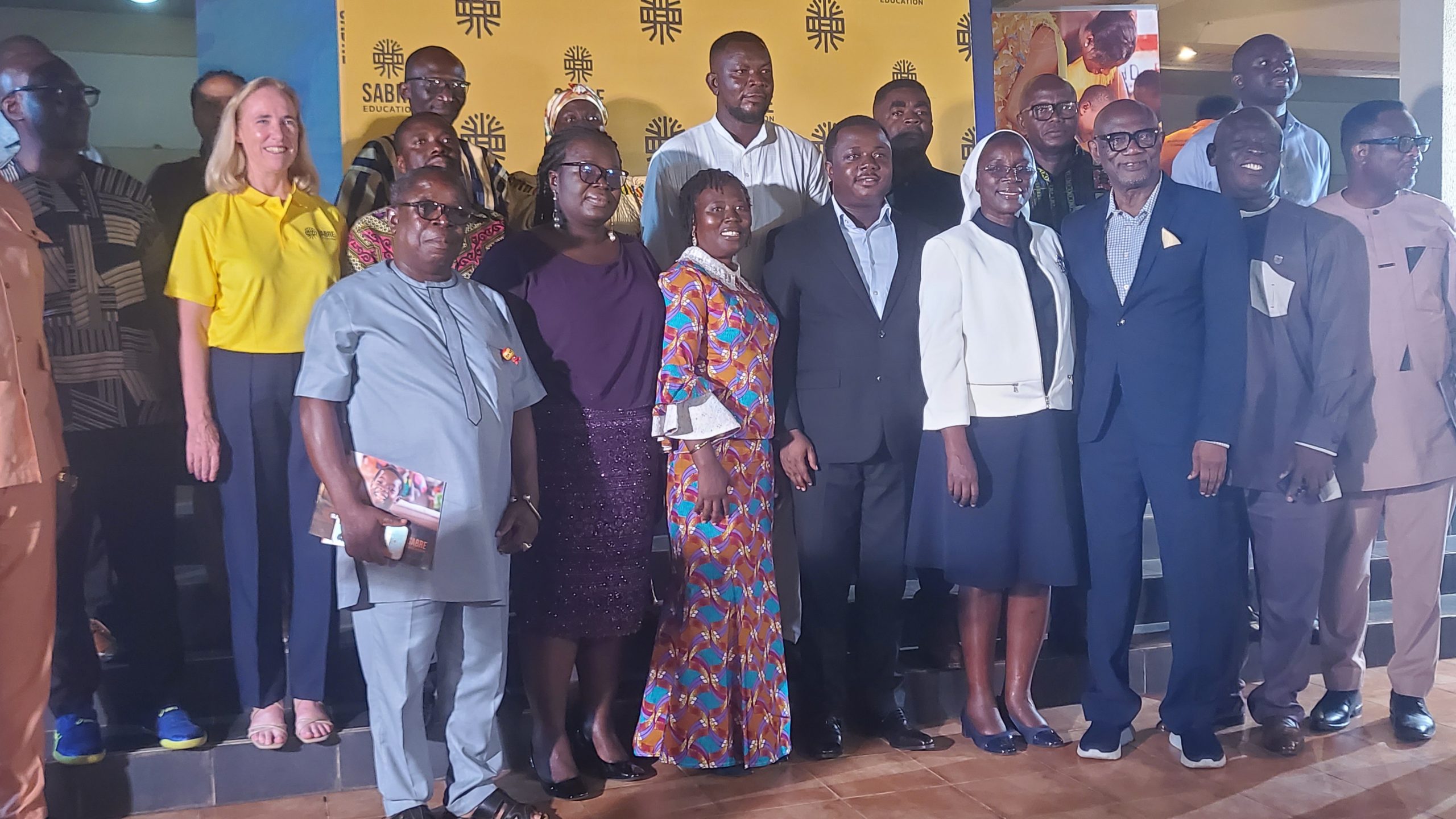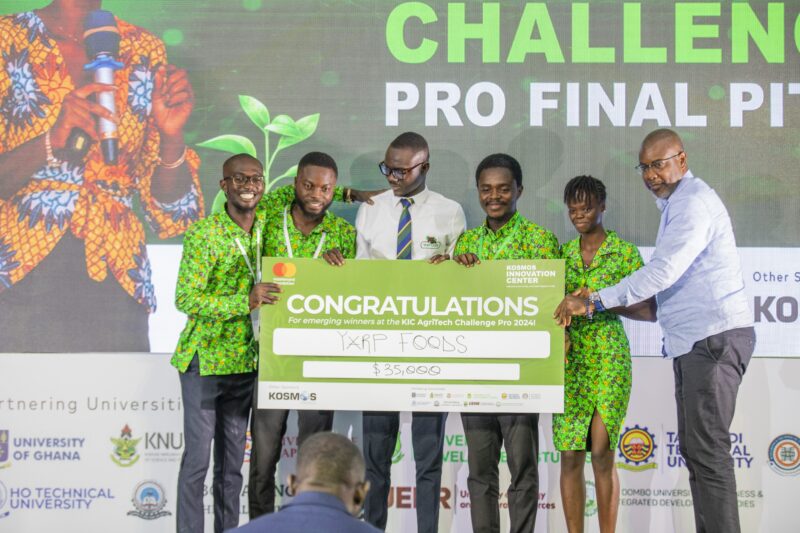- Tesla’s robotaxi event was long on Musk promises, short on details
- Boeing to cut 17,000 jobs as losses deepen during factory strike
- Here’s the deflation breakdown for September 2024 — in one chart
- The Federal Reserve may have pretty much just hit its 2% inflation target
- Finely regulated luminescent Ag-In-Ga-S quantum dots with green-red dual emission toward white LEDs
What do you believe is the single most important factor driving up the cost of living in Nigeria?

AI and physics unite for meta-antennas design
Ka-band metasurface antennas, with their low-cost, low-profile design and superior beam-steering capabilities, show significant potential in the field of satellite communications. However, the constraints of limited satellite resources and significant atmospheric losses at Ka-band frequencies require these antennas to achieve wide-angle beam scanning capabilities and high antenna gain, adding considerable complexity to their design.
In order to achieve the design of a multifunctional and highly efficient meta-antenna, the design optimization will involve numerous parameters, greatly increasing the use of computational resources and optimization time. Addressing the critical issue of balancing multiple optimization objectives, such as gain and scanning angle, while improving optimization speed, remains a key challenge in the design process.
To address these challenges of meta-antenna design, researchers from the University of Electronic Science and Technology of China, Tongji University, and City University of Hong Kong have joined forces in an extensive collaboration.


- October 11, 2024
Bat data study reveals conservation priorities in San Diego County



- October 11, 2024
Machine learning could improve extreme weather warnings

- October 12, 2024
Senator urges FG to mandate agriculture studies in schools


- October 12, 2024
New algorithm helps read QR codes on uneven surfaces
Subscribe to our mailing list to get the new updates!

Subscribe our newsletter to stay updated
Thank you for subscribing!






